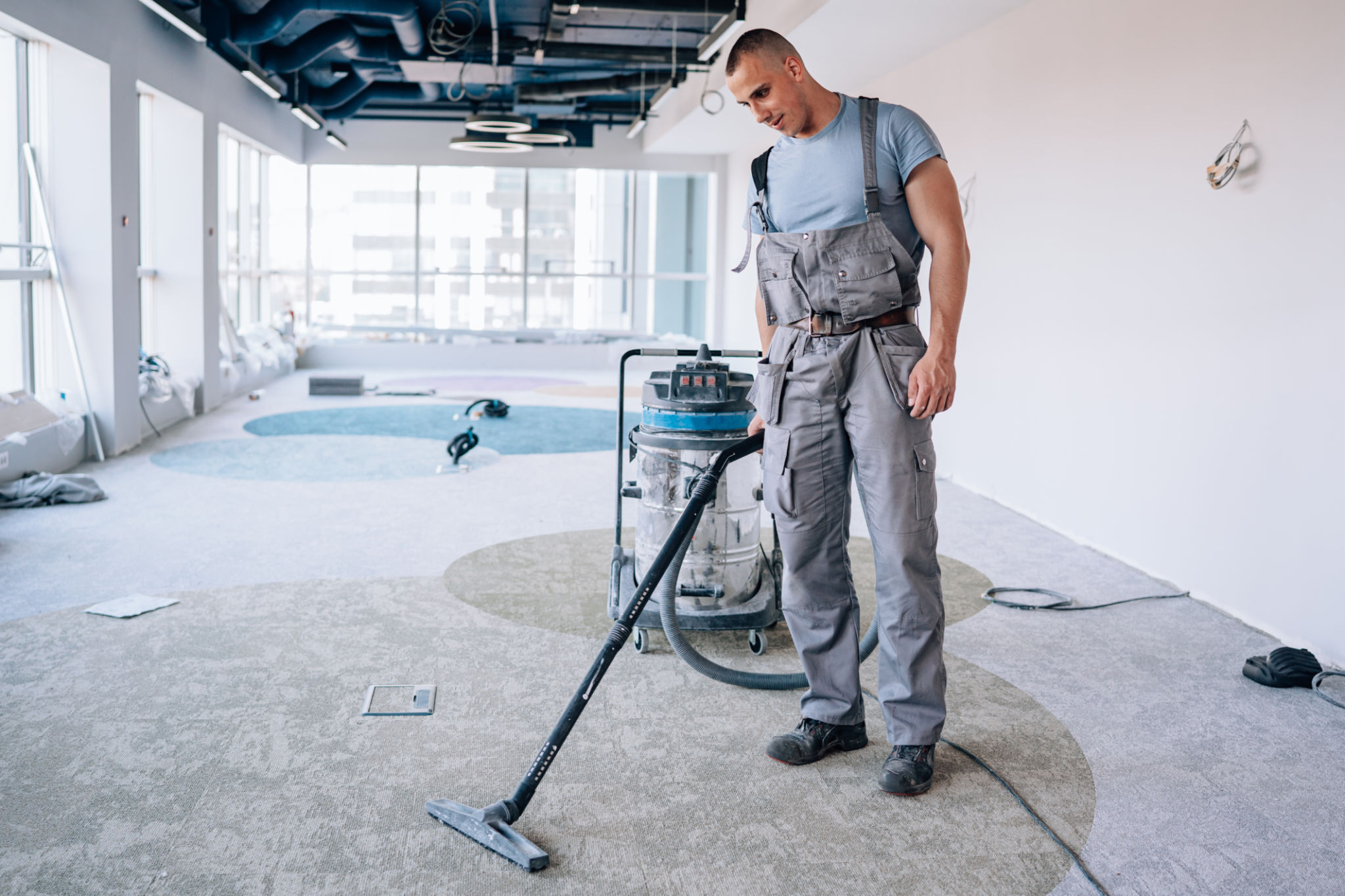How Regular Carpet Cleaning Can Improve Office Air Quality
The Hidden Benefits of Regular Carpet Cleaning
When we think about office maintenance, tasks like dusting desks and cleaning windows usually come to mind. However, one crucial aspect often overlooked is carpet cleaning. Carpets can act as a sponge for dirt, allergens, and other pollutants, which significantly affect the air quality within your office space.

Understanding the Role of Carpets in Air Quality
Carpets are more than just floor coverings; they play a pivotal role in maintaining indoor air quality. They trap dust, pollen, and other particles that would otherwise circulate through the air. While this might sound positive, carpets need to be cleaned regularly to ensure they don't become a source of indoor air pollution themselves.
Over time, these trapped particles can accumulate, leading to a musty odor and potentially harmful allergens being released back into the air every time someone walks over the carpet. This can pose a health risk to employees, especially those with allergies or respiratory issues.
The Impact on Employee Health and Productivity
A clean working environment is essential not only for physical health but also for psychological well-being. Poor air quality can lead to a range of health issues such as headaches, fatigue, and respiratory problems. These health issues can result in decreased productivity and increased absenteeism.
Regular carpet cleaning can mitigate these risks by removing pollutants not visible to the naked eye. This leads to a healthier work environment where employees can thrive. Improved air quality contributes to better concentration and overall job satisfaction.

How Often Should Carpets Be Cleaned?
The frequency of professional carpet cleaning depends on several factors, including the office size, foot traffic, and type of carpet material. However, a general guideline is to schedule a professional cleaning every 6 to 12 months. High-traffic areas may require more frequent attention.
- For small offices with low foot traffic, an annual deep clean might suffice.
- Medium-sized offices should consider cleaning every 9 months.
- Large offices or those with high foot traffic should aim for every 6 months.
Choosing the Right Carpet Cleaning Method
Not all carpet cleaning methods are created equal. It's essential to choose a method that aligns with your office's specific needs. Steam cleaning, for example, is highly effective at removing deep-seated dirt and allergens but requires more drying time. Dry cleaning methods are quicker but might not be as thorough.
Consulting with professional cleaning services can help determine the best approach for your office carpets. They can provide insights into which methods will best enhance your indoor air quality.

Additional Tips for Maintaining Office Air Quality
Beyond regular carpet cleaning, there are other steps you can take to maintain a healthy office environment:
- Install air purifiers to capture airborne particles.
- Ensure proper ventilation by keeping windows open when possible.
- Regularly replace HVAC filters to prevent dust buildup.
- Encourage employees to keep their workspaces tidy and dust-free.
By incorporating these practices alongside regular carpet maintenance, you can create an office space that supports both health and productivity.
The Long-Term Benefits of Clean Carpets
Investing in regular carpet cleaning is not just about maintaining aesthetic appeal; it's about creating a healthier workplace for everyone. Over time, you'll find that these efforts pay off in terms of employee well-being and even cost savings from reduced sick days.
Ultimately, a clean office is a happy office. By prioritizing regular carpet cleaning and maintaining good air quality, you're taking a proactive step toward fostering a more productive and pleasant work environment for all.